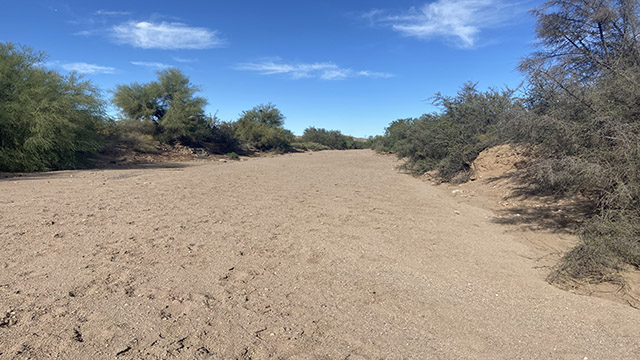The proliferation of weapons of mass destruction – be it nuclear or biological – falls under the auspices of the U.S. Department of Defense (DoD), and with the dissolution of the Soviet Union in 1991, it has placed a strong focus on working with former Soviet states to make sure these threats do not fall into the wrong hands.
Since 2003, Black & Veatch has been working closely with the DoD’s Defense Threat Reduction Agency (DTRA) to develop the Electronic Integrated Disease Surveillance System (EIDSS) and Pathogen Asset Control System (PACS) programs. The goals of these programs are to:
- Consolidate and secure dangerous biological agents, materials and related technology;
- Support defense and military cooperation to prevent the production of weapons of mass destruction; and
- Increase transparency and encourage higher standards of conduct.
“Weapons of mass destruction are mostly chemical, biological or radioactive and are capable of causing widespread death and destruction,” said Tom Wahl, Black & Veatch Associate Vice President, Cooperative Biological Engagement Program (CBEP). “The EIDSS and PACS systems are intended to be used as tools for disease surveillance and biological material control. EIDSS can help provide early detection of a disease outbreak and assist in an effective response. PACS provides better control and accounting of biological materials in laboratories.”
EIDSS is a computer-based disease surveillance tool that links together the different levels of a country’s disease surveillance; and PACS is a system that maintains control over biological agent stocks stored in repositories in multiple countries. EIDSS and PACS have been deployed into Kazakhstan, Georgia, Azerbaijan, Ukraine, and most recently began deployment in Armenia.
“One of DTRA’s main objectives for EIDSS was to create and provide a system with an integrated database that tracks both human and veterinary information that contains both clinical and laboratory data on cases,” Wahl said. “We believe EIDSS is a unique system that has good potential to help identify disease outbreaks that affect both human and animal populations.”
Taking Ownership of the Program
Since December 2010, Black & Veatch has provided training in about 25 locations – geographically spread throughout five countries – on how to use the EIDSS and PACS systems. According to Wahl, there is the possibility that EIDSS and PACS will continue to expand into other nations, with interest from countries such as Uganda, Kenya, Iraq, India and even the United States.
When introducing the EIDSS and PACS into a country, Black & Veatch is responsible for designing the software based on the individual needs of the country; providing training programs for professionals in that particular country; installing system infrastructure and ongoing operations; and maintaining the program with the ultimate goal of complete transition and sustainment by the partner country.
“We don’t just hand off the program and say ‘good luck,’” Wahl said. “This is a long-term relationship that includes comprehensive communications and information technology services with an area of the world that Black & Veatch already has a significant presence in. Ultimately, the goal is for these countries to safely and effectively run this program on their own without being dependent on the United States government or Black & Veatch. Currently, we are achieving good results in that regard as the partner countries take on more and more of the daily responsibility and provide their own internal resources to keep the systems operational.”
As the EIDSS and PACS programs continue to expand, so too has the credibility of the programs and the value they bring to the countries involved.
“Not only is it a success if EIDSS helps provide early detection and more effective response to a disease event, or if PACS prevents biological material from going missing or getting misplaced, but the notion that these partner countries accept these tools, see their value and agree to implement the program in the country is a huge success,” Wahl said. “We are at the point where acceptance at the national levels and full-scale usage is growing, and that only adds to the credibility and accreditation of what we’ve done for other countries so far."
Subject Matter Expert
Tom Wahl: WahlT@bv.com








